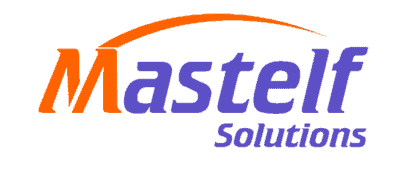Introduction
Ever found yourself puzzled by a wavy or noisy baseline in your RP-HPLC results? A straight baseline is crucial for accurate and reliable data. Here’s a friendly guide to help you troubleshoot and achieve that smooth baseline you’re aiming for.
Quick Answer
To get a straight baseline in RP-HPLC, ensure proper mobile phase preparation, maintain a clean system, optimize detector settings, and allow the column to equilibrate.
Understanding the Baseline
What is RP-HPLC?
Reverse Phase High-Performance Liquid Chromatography (RP-HPLC) is a powerful analytical technique used widely in biotechnology, pharmaceuticals, and chemical research to separate and analyze compounds in a mixture.
Importance of a Straight Baseline
A straight baseline is critical as it serves as the reference point for detecting and quantifying analytes. Any deviations or noise can lead to inaccurate interpretations.


Causes of Baseline Issues
Mobile Phase Impurities
Impurities in the mobile phase can introduce noise. Using high-quality solvents and proper filtration can mitigate this.
Column Contamination
Contaminants on the column can cause irregularities. Regular cleaning and maintenance of the column are essential.
Detector Settings
Incorrect detector settings can amplify noise. Ensure the detector is appropriately set for your analysis.
Temperature Fluctuations
Variations in temperature can affect the baseline. Keeping the system in a controlled environment helps maintain stability.
Step-by-Step Solutions
Prepare a Clean Mobile Phase
- Filter and Degas: Always filter your solvents through a 0.45 µm filter and degas using a vacuum pump or helium sparging. This removes particulate matter and dissolved gases.
Maintain a Clean System
- Routine Cleaning: Flush the system with a cleaning solution regularly. Use a mixture of water, isopropanol, and methanol.
- Column Care: Clean the column with strong solvents if needed and store it in a suitable solvent when not in use.
Optimize Detector Settings
- Adjust Wavelength and Sensitivity: Ensure the detector wavelength matches your analyte’s absorption maximum. Adjust sensitivity to balance signal strength and noise.
- Baseline Filter: Use digital filtering to smooth out noise without losing signal integrity.
Equilibrate the Column
- Allow Time to Stabilize: Equilibrate the column with the mobile phase for at least 30 minutes before running your samples.
- Temperature Control: Use a column oven to maintain a consistent temperature.
Troubleshooting Common Problems
Baseline Drift
- Cause: Temperature changes, gradient elution.
- Solution: Stabilize temperature and equilibrate column properly.
Baseline Noise
- Cause: Mobile phase impurities, detector settings.
- Solution: Use high-purity solvents, optimize detector settings.
Ghost Peaks
- Cause: Contamination from previous runs.
- Solution: Thoroughly clean the system and use blank runs between samples.
Practical Tips
Regular Maintenance
- Preventive Care: Regularly inspect and replace worn parts like seals and frits. Perform routine maintenance checks.
Use High-Quality Reagents
- Certified Solvents: Always opt for HPLC-grade solvents to minimize impurities.
Optimize Your Method
- Gradient Optimization: Adjust gradient programs to suit your analytes better.
- Flow Rate: Fine-tune the flow rate for optimal separation and baseline stability.
Expert Insights
Interview with Dr. Smith
I had the pleasure of chatting with Dr. Smith, an expert in chromatography, who emphasized the importance of patience and precision. “A stable baseline is a result of meticulous preparation and consistent practice,” he shared.
Real-Life Case Study
In one instance, a laboratory faced persistent baseline noise. By switching to a new batch of solvents and recalibrating their detector, they achieved a straight baseline, significantly improving their results.
Conclusion
Achieving a straight baseline in RP-HPLC is a blend of art and science. By following these practical tips and maintaining diligent system care, you’ll be on your way to smoother, more accurate chromatograms. Got any tips or stories of your own? Share them with us, and let’s learn together!











